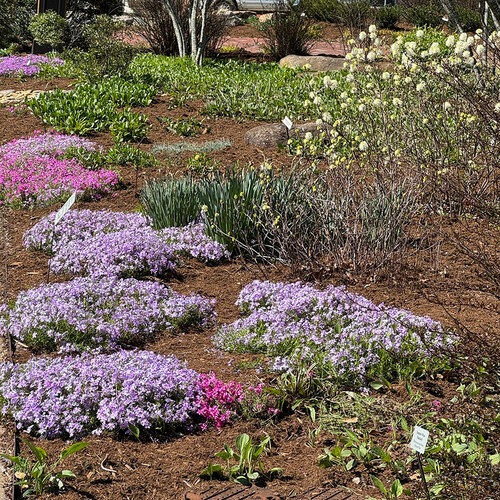Hi GPODers!
Last week we saw another stunning submission from the always-beautiful garden of Gail Bromer, and she shared with us the story of her community in Black Mountain, North Carolina, coming together after the devastating impact of Hurricane Helene last fall. If you missed either of those posts, check them out here: The Light of Spring After a Dark Fall and Winter in North Carolina, Part 1 and Part 2.
Outside of her home gardens, Gail also tends to plantings in downtown Black Mountain as a volunteer for the Black Mountain Beautification Committee. While this work is appreciated by the residents and visitors of Black Mountain every year, their efforts feels extra vital this spring. Today she is sharing spring photos from the park they maintain in the center of town.
The Black Mountain Beautification Committee is a group of volunteers who plant and maintain over 50 flower boxes in downtown Black Mountain, NC, as well as nearly 30 different garden sites. One of those sites is a 1-acre park in the center of town. Like all gardens, it has evolved. Thanks to all the volunteers and their commitment, we work hard together and enjoy keeping our town beautiful.
For a mountain town like Black Mountain, a fancy fountain of sculpted stone would feel completely out of place. But this naturalistic waterfall with a sculpture of playing bear cubs alongside feels like the perfect addition to this park and a beautiful reflection of the landscape that surrounds downtown.
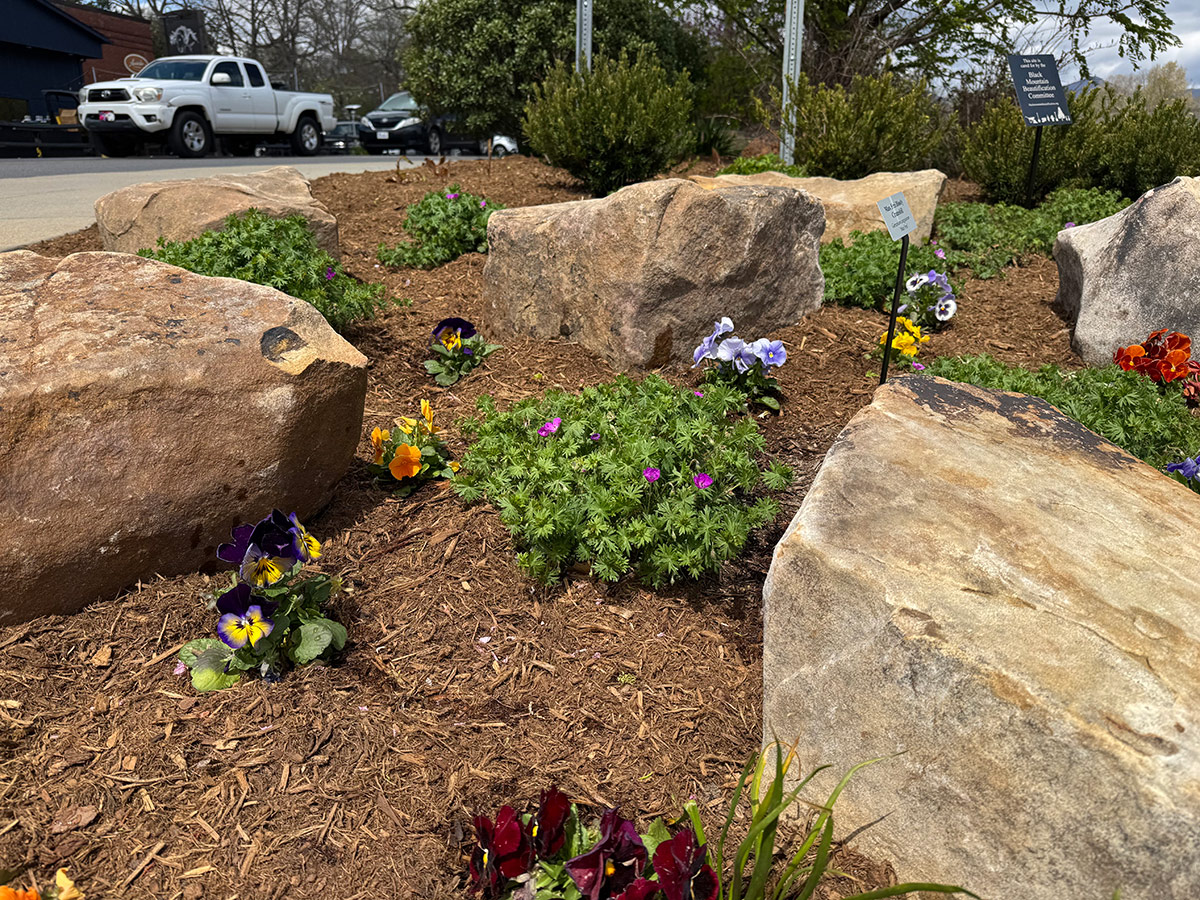 More boulders are placed throughout the beds, creating a smooth transition away from the water feature. Recently planted pansies are bringing in new color and life among hardy geraniums that are just starting to bloom.
More boulders are placed throughout the beds, creating a smooth transition away from the water feature. Recently planted pansies are bringing in new color and life among hardy geraniums that are just starting to bloom.
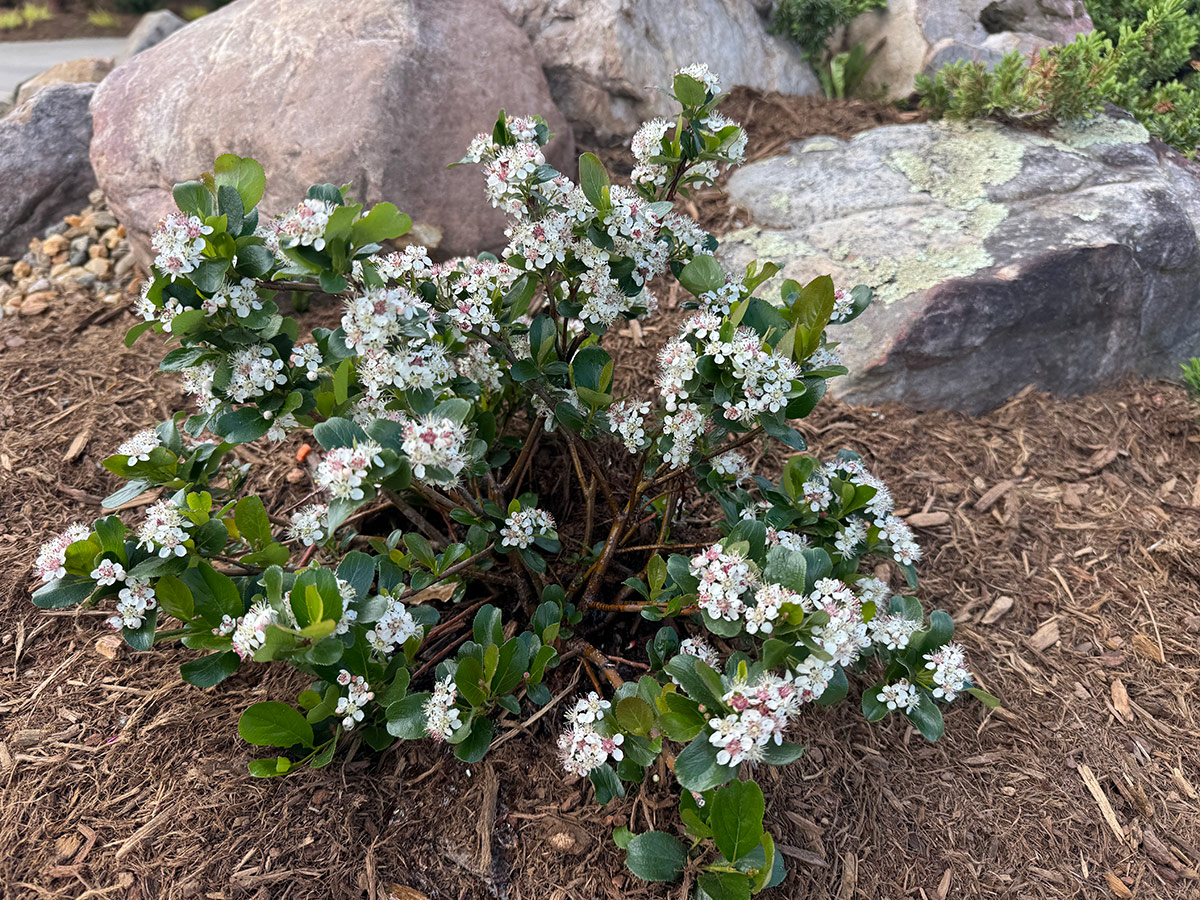 I love to see the Black Mountain Beautification Committee incorporating some native plants into their designs, along with the annuals that add instant appeal. Black chokeberry (Aronia melanocarpa, Zones 3–8) is native to the majority of Eastern North America, and these beautiful blooms will be followed by the dark, glossy berries that give it its name. This native can get pretty leggy and send out lots of shoots, but I’m sure it’s nothing the Beautification Committee can’t handle.
I love to see the Black Mountain Beautification Committee incorporating some native plants into their designs, along with the annuals that add instant appeal. Black chokeberry (Aronia melanocarpa, Zones 3–8) is native to the majority of Eastern North America, and these beautiful blooms will be followed by the dark, glossy berries that give it its name. This native can get pretty leggy and send out lots of shoots, but I’m sure it’s nothing the Beautification Committee can’t handle.
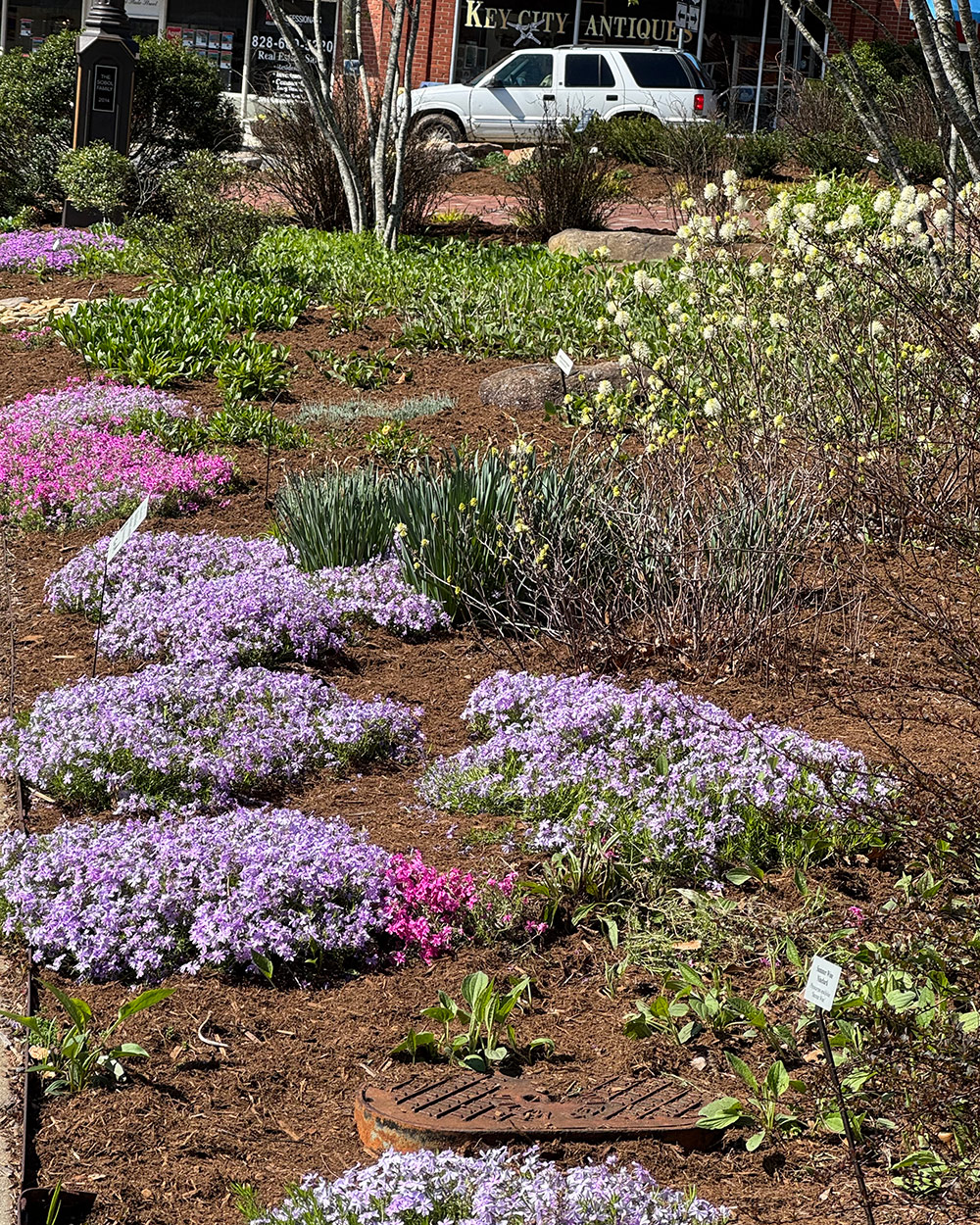 Creeping phlox (Phlox stolonifera, Zones 4–8) creates lovely carpets of color, a classic sign that spring is well underway.
Creeping phlox (Phlox stolonifera, Zones 4–8) creates lovely carpets of color, a classic sign that spring is well underway.
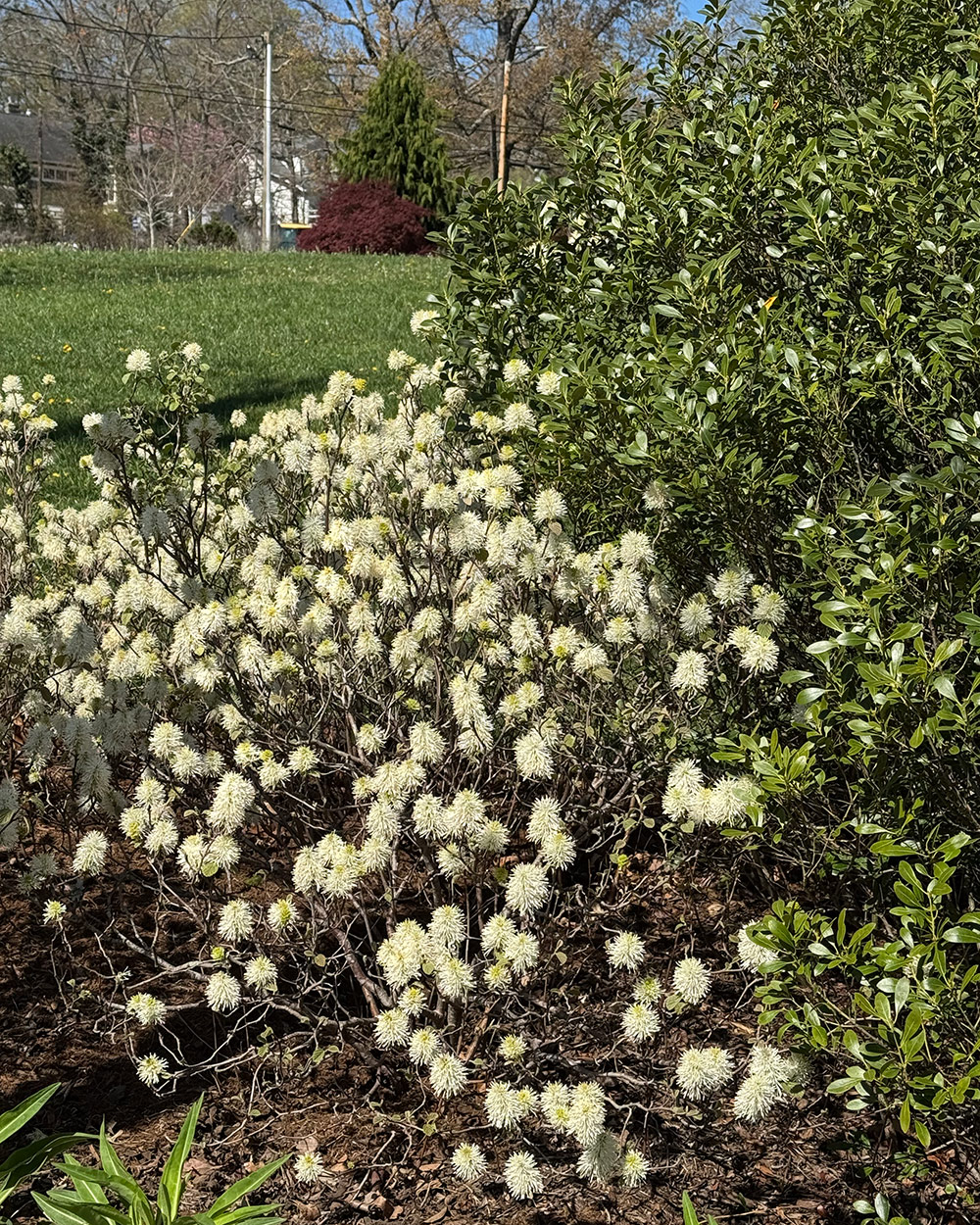 Another native with multiple seasons of interest and minimal work needed from the Beautification Committee, dwarf fothergilla (Fothergilla gardenii, Zones 5–8) starts the growing season with these interesting blooms. When flowers fade, cool foliage will carry the fothergilla through summer until it puts on another show in fall, with foliage shifting to various shades of red, orange, and yellow.
Another native with multiple seasons of interest and minimal work needed from the Beautification Committee, dwarf fothergilla (Fothergilla gardenii, Zones 5–8) starts the growing season with these interesting blooms. When flowers fade, cool foliage will carry the fothergilla through summer until it puts on another show in fall, with foliage shifting to various shades of red, orange, and yellow.
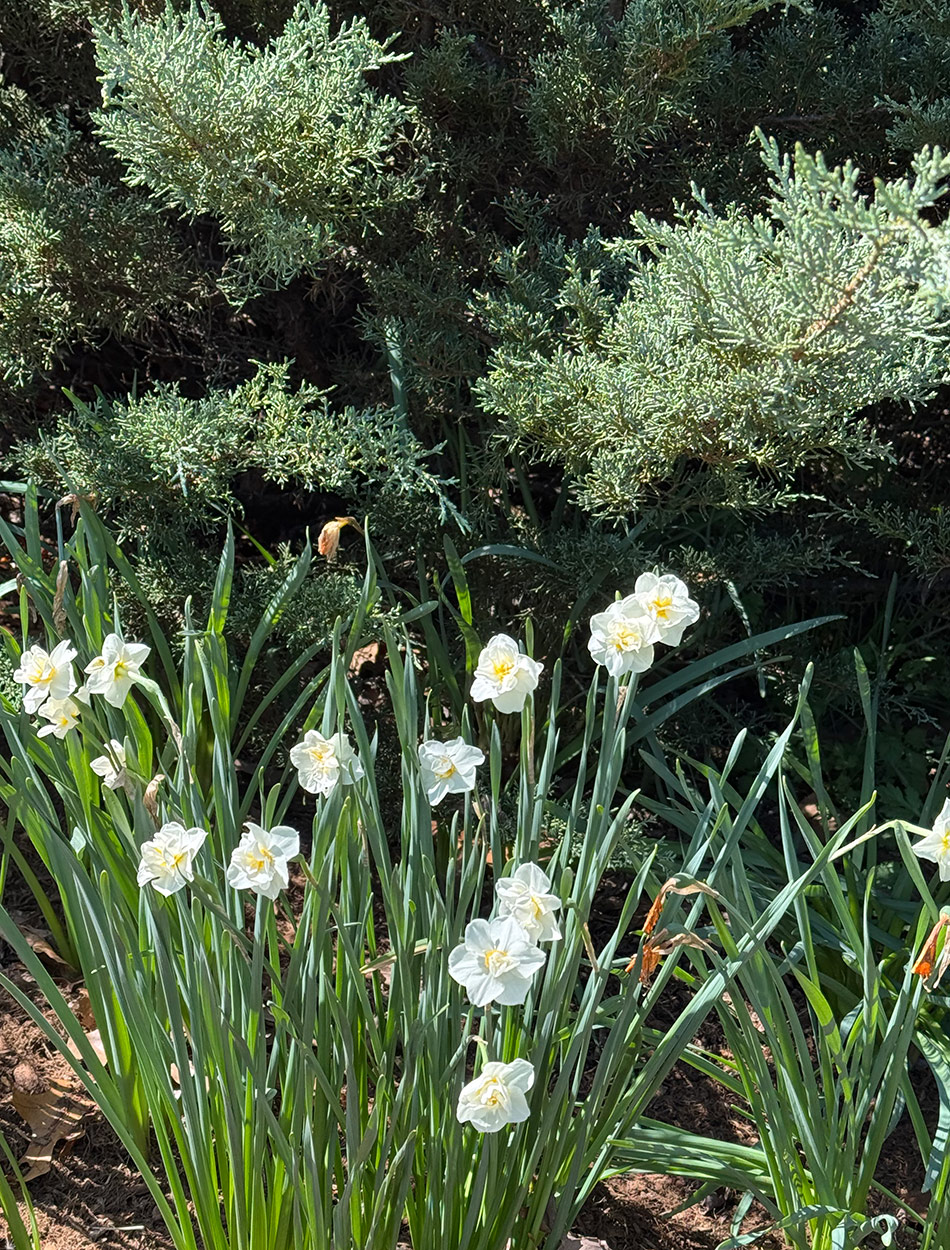 It wouldn’t be spring in a public park without some cheerful bulbs! These double white daffodils are absolutely delightful.
It wouldn’t be spring in a public park without some cheerful bulbs! These double white daffodils are absolutely delightful.
 An old root ball can be transformed into garden mulch, or it can be utilized as an interesting garden structure. In this scenario, it becomes a cool backdrop and additional support for a bright red-pink azalea to grow around.
An old root ball can be transformed into garden mulch, or it can be utilized as an interesting garden structure. In this scenario, it becomes a cool backdrop and additional support for a bright red-pink azalea to grow around.
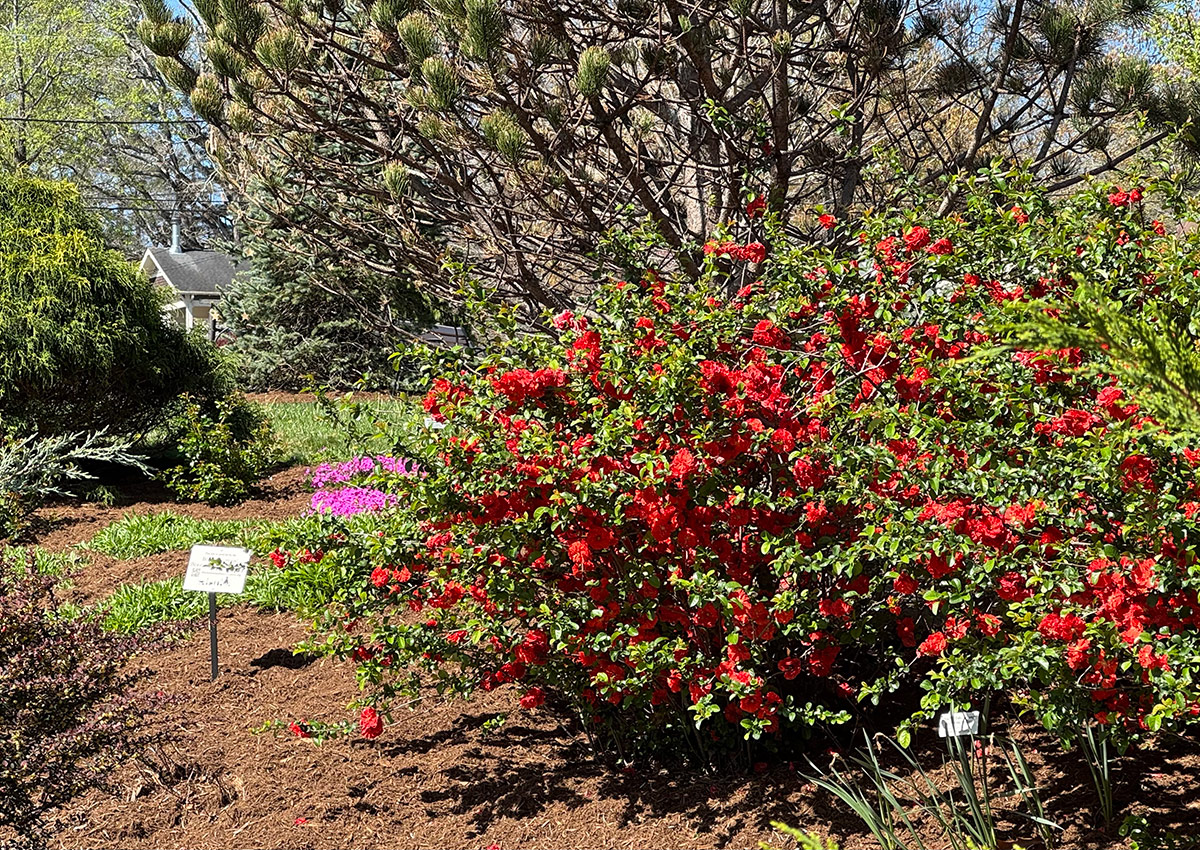 Another kiss of red in the form of an impressive camellia covered in bright blooms—what a gorgeous park, where one can admire some much-needed spring color.
Another kiss of red in the form of an impressive camellia covered in bright blooms—what a gorgeous park, where one can admire some much-needed spring color.
Thank you so much for sharing the incredible work of the Black Mountain Beautification Committee and continuing to inspire through your community efforts, Gail! The stories you have shared both this week and last epitomize the importance of coming together as a community and utilizing the healing powers of plants. I hope for more positive news from your corner of the world in future submissions.
I know that Gail is far from the only GPODer who is active in their community and volunteers for their town or local public garden. If you do any garden work as a volunteer, we’d love to learn about the organization or group that you work with and see photos of any projects you’ve helped complete. Follow the directions below to submit photos via email, or send me a DM on Instagram: @agirlherdogandtheroad.
We want to see YOUR garden!
Have photos to share? We’d love to see your garden, a particular collection of plants you love, or a wonderful garden you had the chance to visit!
To submit, send 5–10 photos to [email protected] along with some information about the plants in the pictures and where you took the photos. We’d love to hear where you are located, how long you’ve been gardening, successes you are proud of, failures you learned from, hopes for the future, favorite plants, or funny stories from your garden.
Have a mobile phone? Tag your photos on Facebook, Instagram or Twitter with #FineGardening!
Do you receive the GPOD by email yet? Sign up here.
Fine Gardening Recommended Products
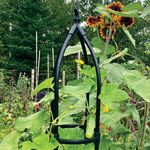
Lee Valley Garden Obelisks
Fine Gardening receives a commission for items purchased through links on this site, including Amazon Associates and other affiliate advertising programs.
Sturdy yet lightweight, these obelisks provide ample support for climbing plants while being easy to install and move. The medium obelisk stands 68 1/2″ high overall with a diameter of about 9 1/2″, compact enough for smaller containers indoors or out. The large size stands 86 1/2″ high with a diameter of 15 3/4″, ideal for larger outdoor spaces and containers.
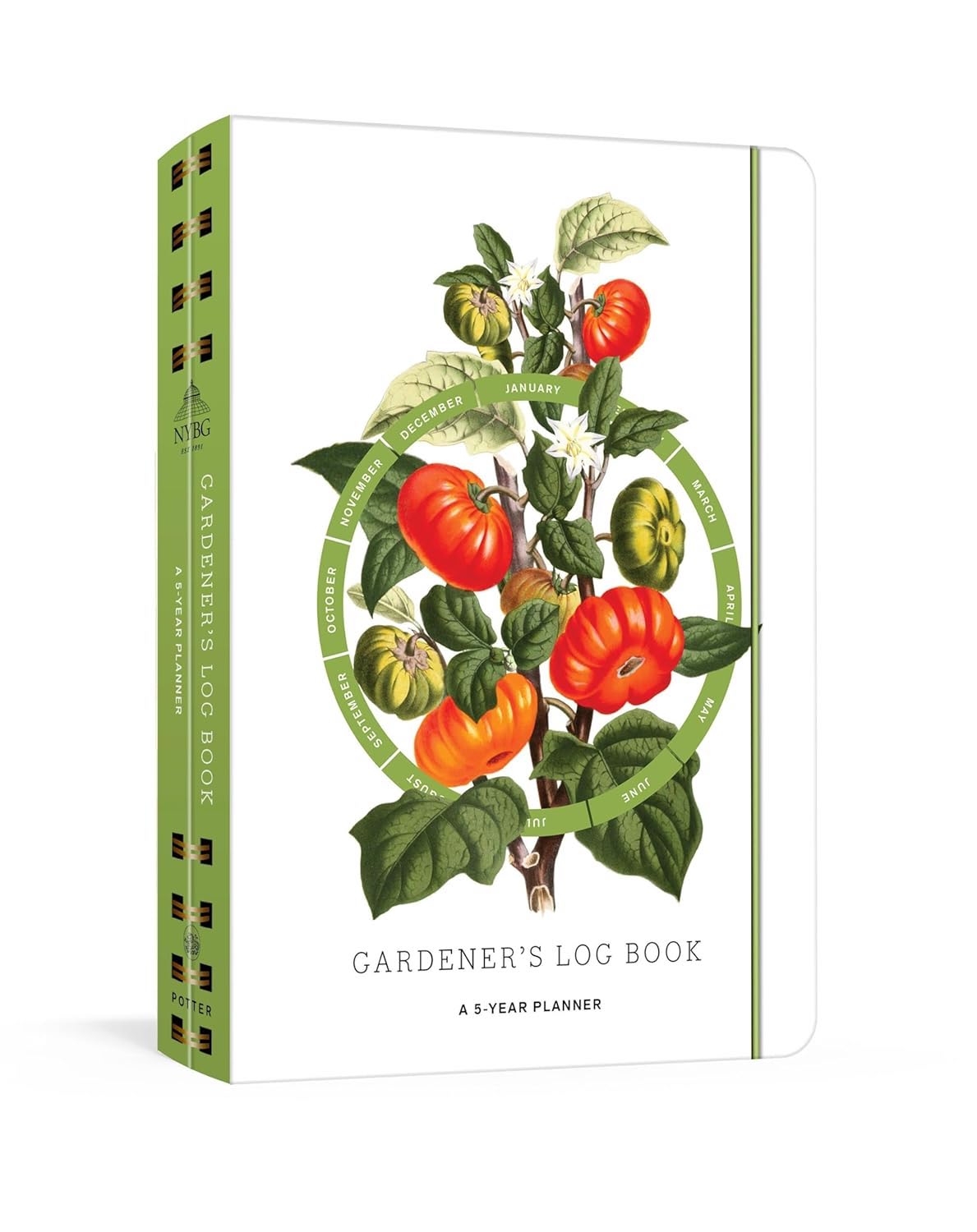
Gardener’s Log Book from NYBG
Fine Gardening receives a commission for items purchased through links on this site, including Amazon Associates and other affiliate advertising programs.
This weatherproof five-year log book includes the following features:
· Sturdy waterproof cover to protect pages from rain and muddy soil
· Lined pages and gridded paper for plotting beds
· Five years of 12-month bloom and harvest grids for recording what you planted and when
· Authoritative appendices on composting, pruning, pest and disease control, and container gardening
· Useful reminders by season on fertilizing, mulching, and transplanting
· Space for listing your favorite sources and suppliers.
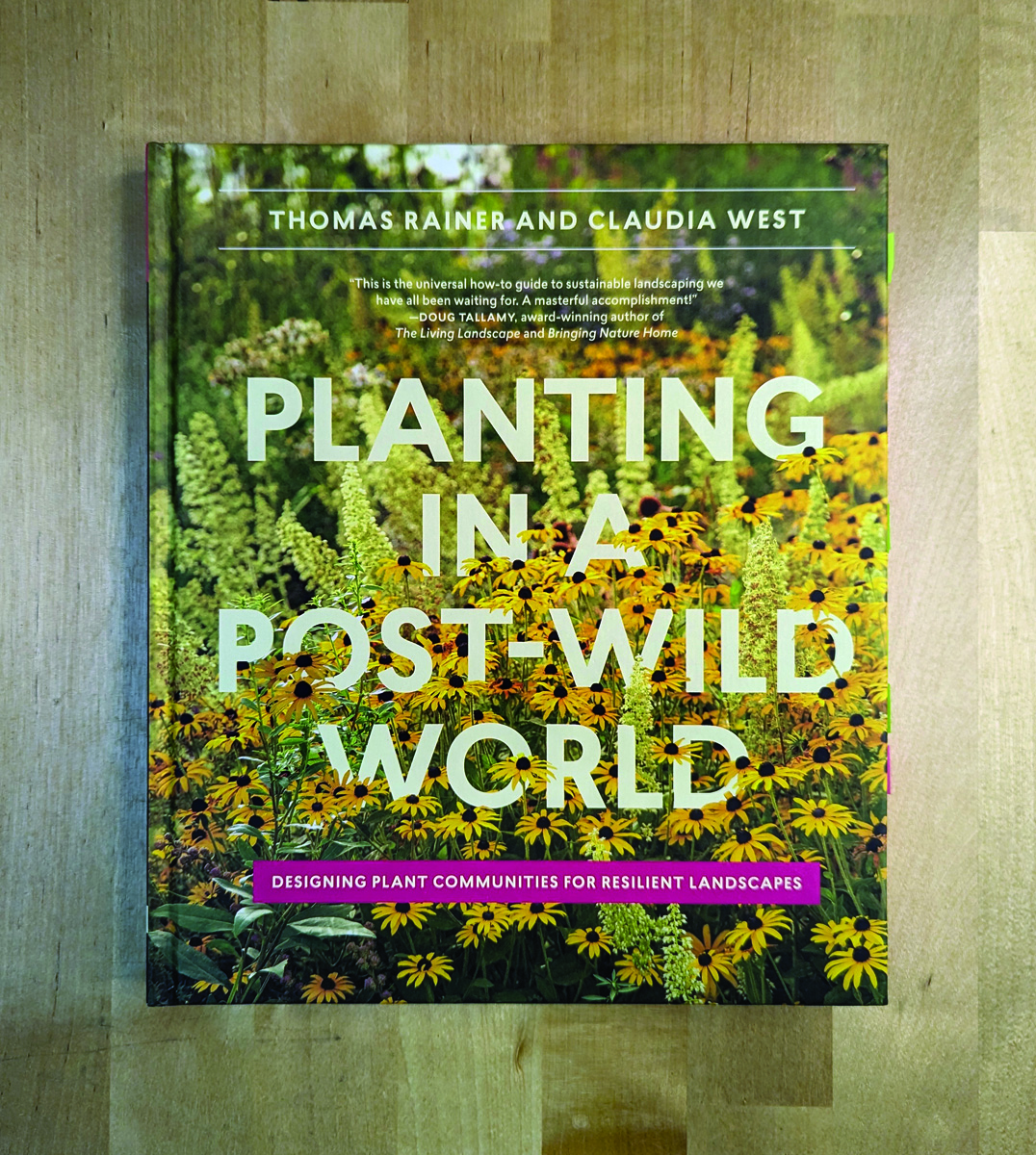
Planting in a Post-Wild World: Designing Plant Communities for Resilient Landscapes
Fine Gardening receives a commission for items purchased through links on this site, including Amazon Associates and other affiliate advertising programs.
Featuring gorgeous photography and advice for landscapers, Planting in a Post-Wild World by Thomas Rainer and Claudia West is dedicated to the idea of a new nature—a hybrid of both the wild and the cultivated—that can nourish in our cities and suburbs.

